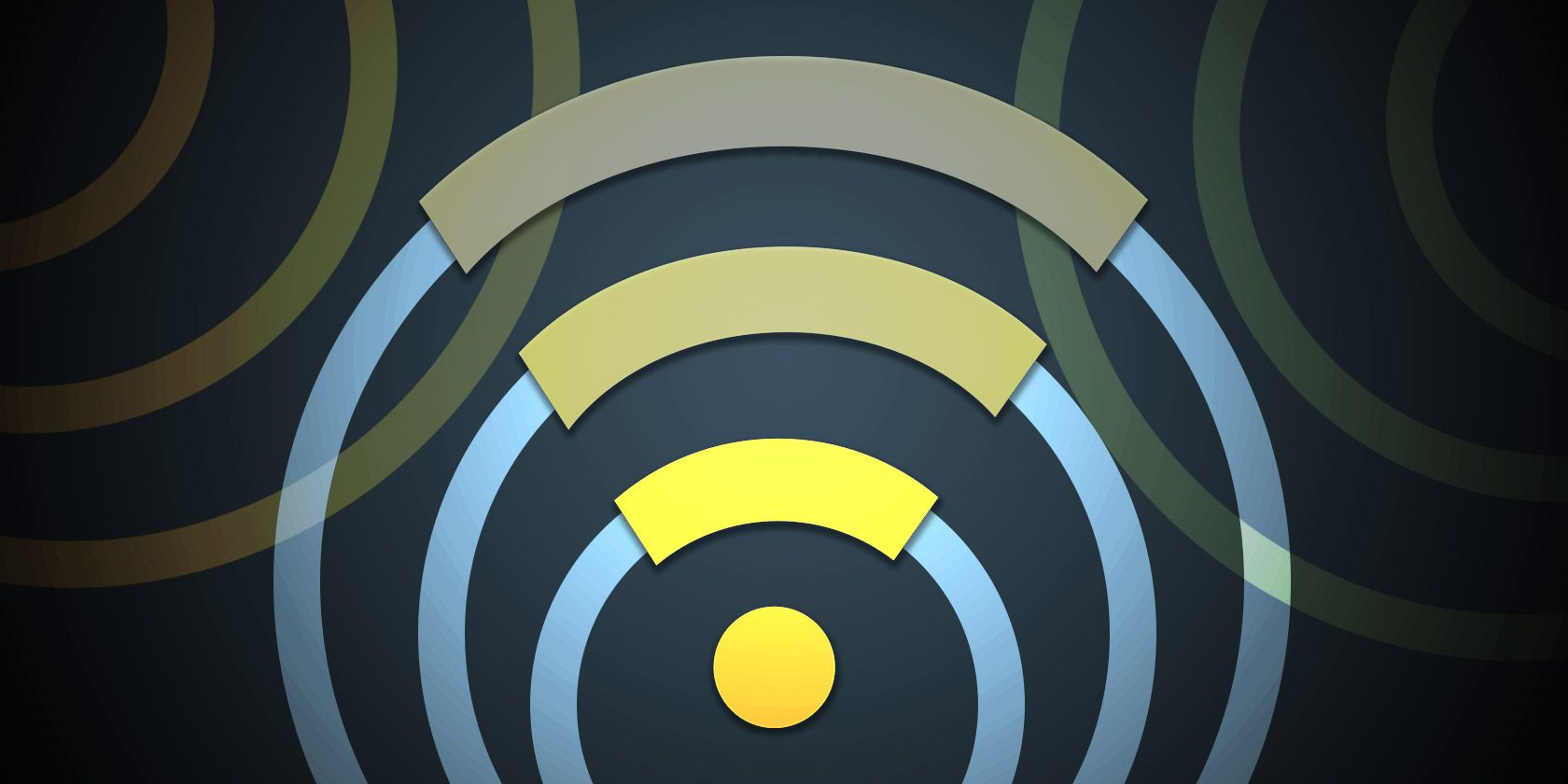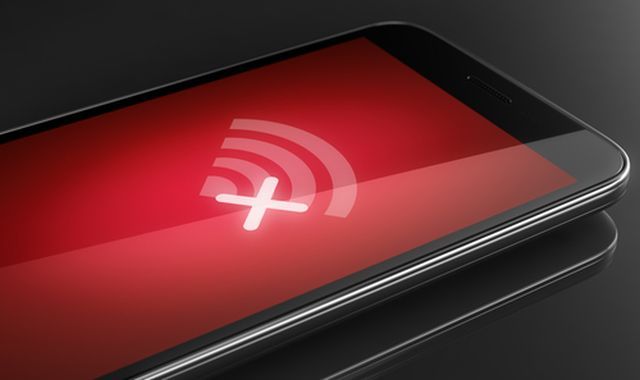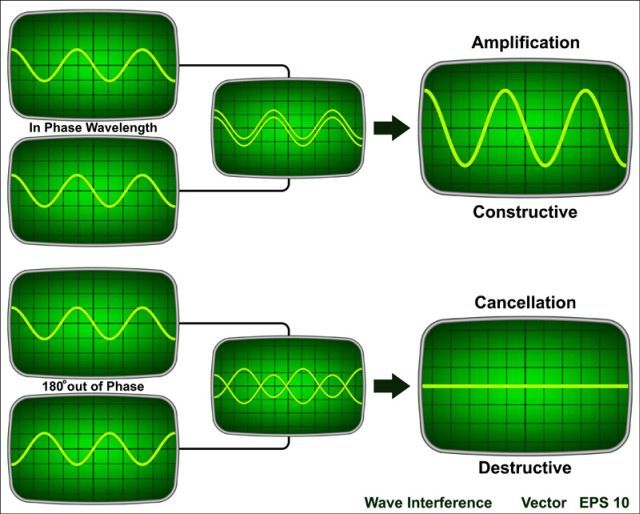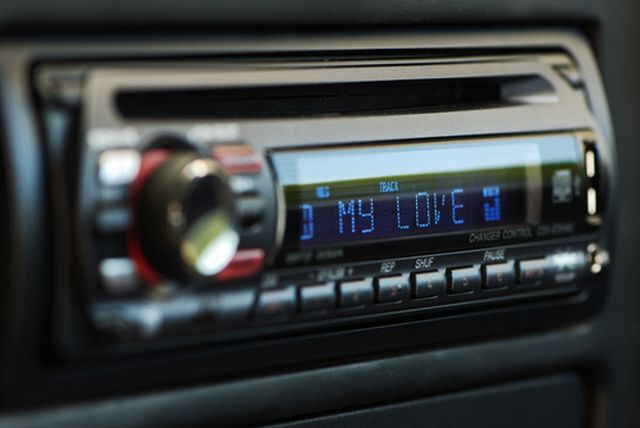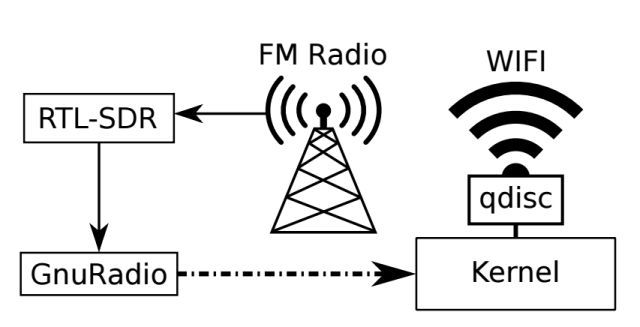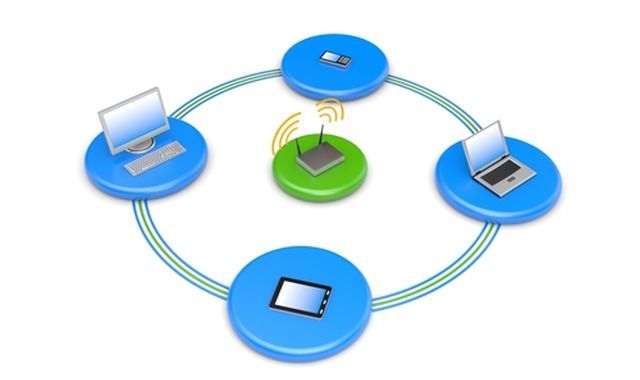Few things are as annoying as unreliable Wi-Fi. One moment you're chilling and watching a movie online, and the next you're waiting impatiently for the movie to buffer. There has to be a better way.
The truth is, there actually is a better way, at least according to three engineers at Northwestern University who have developed a method of boosting the quality and reliability of Wi-Fi signals, even in areas where nearby Wi-Fi signals are interfering with your own signal.
In a white paper published by Marcel Flores, Uri Klarman, and Aleksandar Kuzmanovic of the Electrical Engineering and Computer Science Department at Northwestern University, the three engineers describe utilizing FM radio signals to help synchronize devices on a Wi-Fi network.
What Is Wireless Interference?
Some homes or apartments have a spot where Wi-Fi signals seem weak, even when the router is nearby. While this is often due to bad Wi-Fi feng shui, it can also be caused by interference from devices like microwaves, baby monitors, and other wireless routers.
Usually interference happens when devices transmit the same frequency signals, resulting in the phenomenon of wave interference.
When wireless waves collide with one another and have a similar form (frequency), the net effect of those two waves interacting with one another results in a single changed wave pattern.
Depending on the phase of each signal at the point of collision, the final effect may be constructive (an amplified signal) or destructive (a cancelled or weaker signal). The effect depends upon the orientation and direction of the two devices that are transmitting those signals.
Much of the issue stems from the fact that routers (and other wireless devices) transmit and receive using an internal timed pulse, and when that timing matches that of a nearby router, the odds of interference are increased. Timings are more likely to match when both devices transmit at the same frequency.
How FM Radio Broadcasts Can Help
The unique part of the technology -- the one developed by the Northwestern engineers -- is the fact that it can work with any FM radio signal as long as it contains the digital signal that most, if not all, radio broadcasters now include with all broadcasts.
Yes, the same digital signal that lets your radio (in newer cars) display the artist and the name of the song on the digital radio display.
This digital signal is called the Radio Data System (RDS) and gets broadcasted on a predictable pulse. According to the Northwestern engineers, RDS is transmitted "at the third harmonic of the 19 kHz pilot-tone."
Here's how this provided the team with the perfect timing signal to use as a way to "sync" all wireless devices on the same network:
The clock frequency of the arriving data is given by dividing the transmitted subcarrier frequency by 48, which provides a data-rate of 1187.5 bps. The transmitted bits are further subject to differential coding in order to remove ambiguity in the signal.
In simple terms, this means that the engineers discovered a way to receive any FM radio broadcast and strip out the RDS signal to achieve a clock frequency they could use as part of their hardened transmission approach.
Think of it sort of like how a metronome helps a piano player play at the right pace. In this setup, the Wi-FM capable device listens to the radio in order to determine its own method of scheduling transmissions.
Syncing Wi-Fi With Radio Signals
What the Northwestern engineers did was design a method of transmitting Wi-Fi packets utilizing the RDS signal as a way to "harmonize" two devices trying to communicate. The engineers used the radio station's Program Identifier (PI) code to preface a 104-bit packet.
A device that is "Wi-FM compatible" will have the ability to process these pieces of data by searching for and identifying the PI code in the data stream.
By using its own radio receiver to receive and identify the station's PI code, it can match the radio PI code to the stream PI code and sync with the originating node that's sending the signal. Here's how the engineers described it:
When it encounters the code, which it recognizes via the checkword, it enters the synchronized state and resets its current bit index to 0. Once synchronized, the system no longer considers the value of each arriving bit, but instead uses it as a counter to determine the current bit index.
When the system reaches 104, it resets the count to 0, and begins checking for the PI code again. If it encounters the PI code where expected (i.e. 104 bits after the last occurrence), the state remains synchronized and the process is repeated.
It's the PI code -- what the engineers call "identifying landmarks in the form of repeated patterns" -- that allows both sending node and receiving node to harmonize.
According to the paper, this PI code approach would allow Wi-FM capable devices to "sense the environment and infer the other nodes’ scheduling choices over short time-scales."
By understanding how other nodes on the network are scheduling packets, the Wi-FM sending node can schedule its own transmissions so that the network is fully utilized without any interference issues.
Even in heavy Wi-Fi traffic scenarios, devices can use an algorithm called the "neighborhood fairness algorithm" to time its own transmissions when other devices aren't communicating:
In particular, each node must observe the current network state, determine during which RDS defined blocks other nodes are sending, and select a schedule [...] which will result in the best performance by minimizing contention in each block.
It's a very unique approach, and would be most useful for people who live in cities and crowded neighborhoods where there are many neighboring Wi-Fi routers all trying to send and receive data on the same frequency.
What Does This Mean for You?
The Northwestern engineers saw significant improvements in both throughput and latency of their wireless network communications using this novel approach.
There are a number of benefits to this technology that could make it the most viable next generation for wireless devices:
- Unlike the current industry approach that uses a scheduling note to coordinate data transmissions from access points, the Wi-FM approach allows each device to act autonomously.
- Current mobile devices typically already have an FM radio chip installed, but it's usually inactivated. A simple app download could potentially enable it and transform the device to become Wi-FM capable.
The only question remaining is whether high-traffic networks with high interference are becoming enough of a problem that consumers will demand this technology. Will Apple, Windows, or Google start enabling the functionality in future OS updates?
It's hard to say, but if the positive results realized by the Northwestern engineers are any indication, we might be able to expect this technology to become commercialized within the next year.
Do you live in a high-interference area when it comes to Wi-Fi? Are you excited about the possibility of a more reliable wireless network? Share your thoughts and opinions in the comments section below!
Image Credits: Palto via Shutterstock, lUsh via Shutterstock, Fouad A. Saad via Shutterstock, CLIPAREA l Custom media via Shutterstock, Diagrams via Northwestern University

